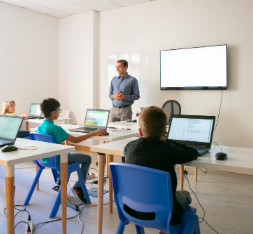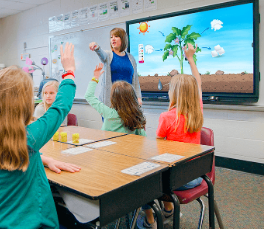The way we learn has changed dramatically over the past decade. Traditional classrooms filled with chalkboards and heavy textbooks are giving way to digital classrooms that bring lessons to life through technology. This shift is not just about new tools—it is about creating richer, more engaging learning experiences for students everywhere.
Making Learning Accessible Anywhere
One of the most powerful aspects of digital classrooms is accessibility. Students no longer have to be physically present to learn. With laptops, tablets, and online platforms, lessons can be accessed from home, libraries, or even while traveling. This flexibility is especially helpful for learners who may face barriers to attending traditional classes, such as distance or health challenges.
Encouraging Active Participation
Digital classrooms often use interactive tools such as quizzes, polls, and collaborative documents. These features keep students engaged and allow them to participate more actively in their own learning. Instead of simply listening, students get to respond, share ideas, and work together, creating a stronger sense of connection.
Supporting Different Learning Styles
Every student learns differently. Some prefer videos, others enjoy reading, and some learn best through hands-on activities. Digital classrooms provide a variety of resources—multimedia lessons, simulations, and practice exercises—that make it easier to tailor learning to individual needs. Teachers can also track progress and offer support where it is needed most.
Preparing Students for the Future
Today’s workplace is increasingly digital, and classrooms are preparing students for that reality. By becoming comfortable with online platforms, digital communication, and collaborative software, learners gain valuable skills that will serve them beyond school. This preparation helps bridge the gap between education and real-world opportunities.
Building Stronger Teacher–Student Connections
Far from replacing teachers, digital classrooms give educators more tools to connect with students. Teachers can share resources instantly, provide timely feedback, and create personalized pathways for learning. These features make teaching more efficient while allowing more time for meaningful interactions.
Final Thoughts
Digital classrooms are more than a trend—they represent a transformation in the way we teach and learn. By combining technology with thoughtful teaching practices, they open doors to more inclusive, engaging, and future-ready education. As schools continue to evolve, the digital classroom will remain at the heart of shaping a brighter learning journey for students worldwide.














